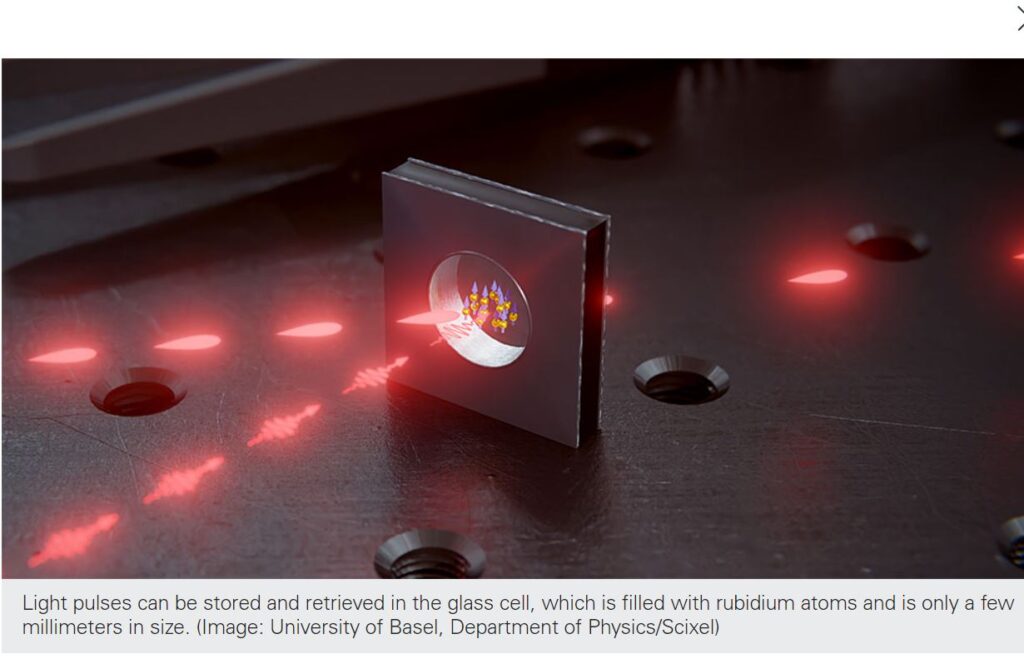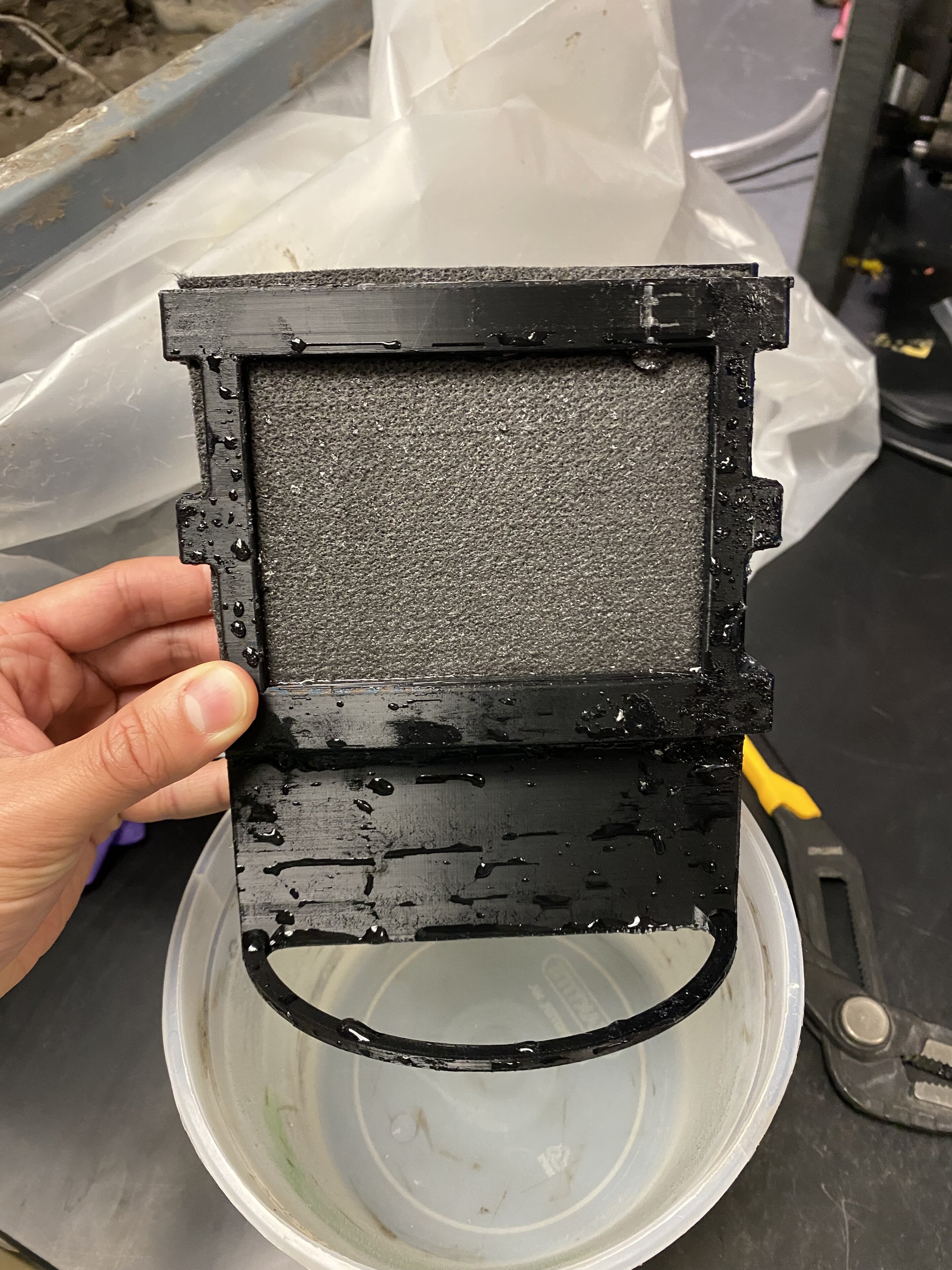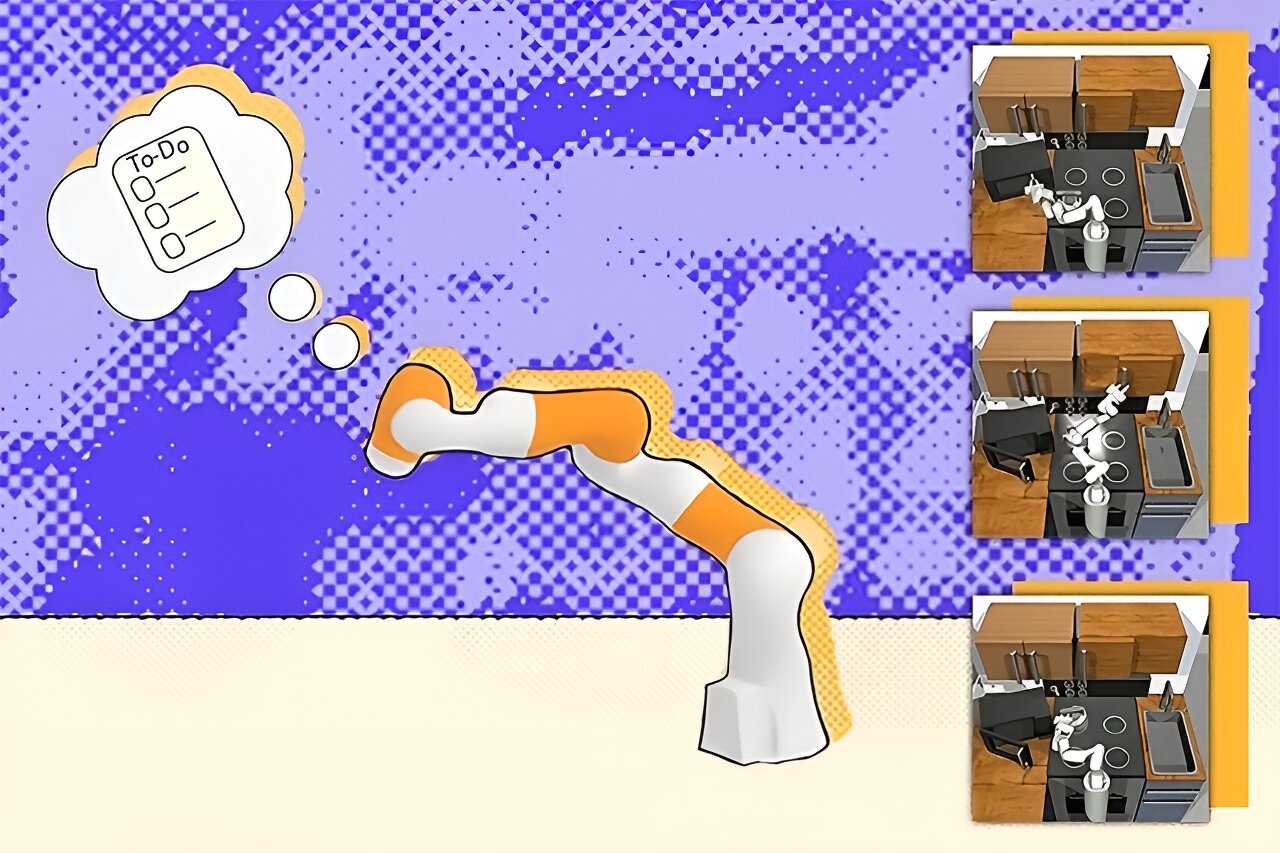Their technique could transform a scientific field reliant on cost-prohibitive technology. Researchers have developed a light-based means of printing nano-sized metal structures that is 480 times faster and 35 times cheaper than the current conventional method. It is a scalable solution that could transform a scientific field long reliant on technologies that are prohibitively expensive and slow. Their method is called superluminescent light projection (SLP).
Technological advances in many fields rely on the ability to print metallic structures that are nano-sized — a scale hundreds of times smaller than the width of a human hair.
Sourabh Saha, assistant professor in the George W. Woodruff School of Mechanical Engineering, and Jungho Choi, a Ph.D...
Read More








Recent Comments